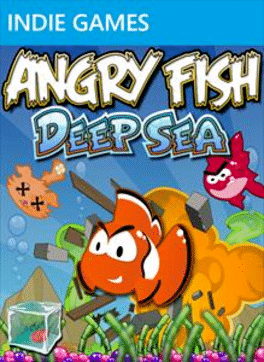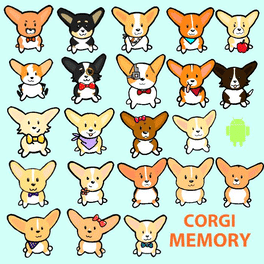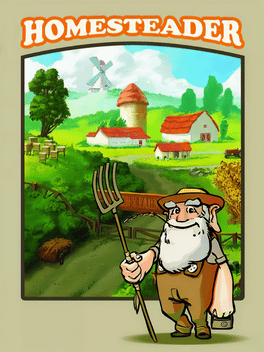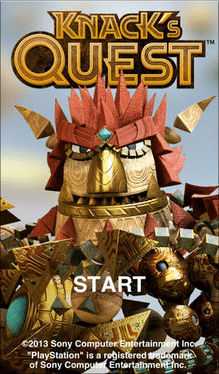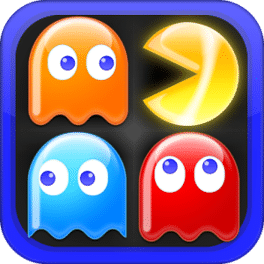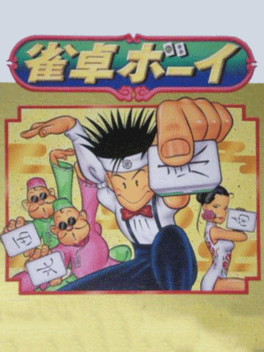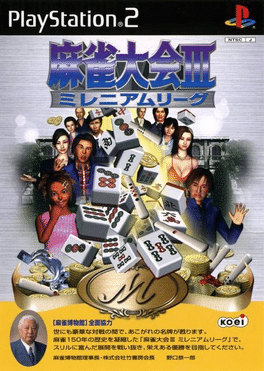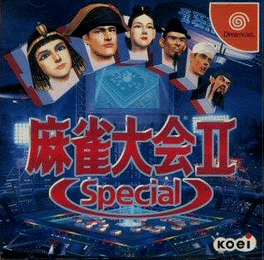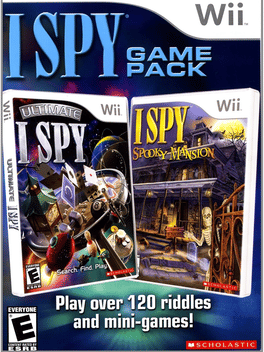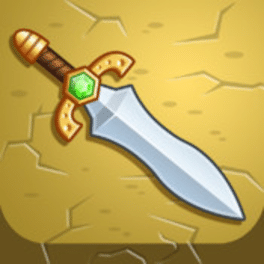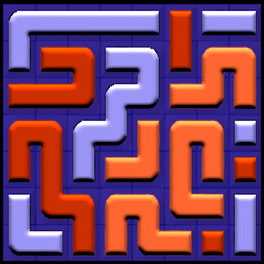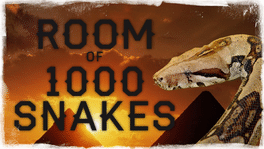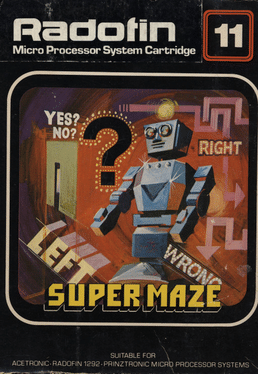Most Popular Puzzle Games - Page 374
-
Angry Fish: Deep Sea
63 new levels of destroying things using sealife that harbor rage issues. -
Corgi Memory
2013
-
Homesteader
2011
Homesteader
2011
Homesteader is an engaging tile-matching game that challenges players to construct a thriving homestead by gathering essential resources. In this game, players strategically match three or more adjacent tiles on an 8x8 grid. What sets Homesteader apart from typical matching games is its unique feature of tile movement in all eight directions, including diagonal swaps. This allows for even more strategic gameplay and opens up exciting possibilities for players to maximize their progress. -
Knack's Quest
2013
Knack's Quest
2013
Knack's Quest is a match three puzzle game that is intended to be a companion app to SCE Japan Studio's PlayStation 4 launch title, Knack. -
Pac-Chomp!
2011
-
Jantaku Boy
1992
-
Mahjong Taikai III
2000
-
Mahjong Taikai II Special
1996
Mahjong Taikai II Special is a multiplatform upgrade to the SNES entry "Mahjong Taikai II". -
Tall Twins Tower
2000
Tall Twins Tower
2000
Tall twins tower is the sequel to Tall Infinity and in this case the game was never released outside Japan. As in Tall Infinity the player manipulate multi-colored blocks to construct a tower. The players needing to complete ten floors of the tower to pass each stage. Players must avoid unnecessary moves or risk losing the game. There are three difficulty levels and different game modes (like endless mode or time attack). One of the new features is the slide mode in which using the R1 and L1 Button the player can move a whole line of blocks to the right or to the left, the game also features a 2 players split screen vs mode. -
I Spy Game Pack
2012
-
Grumpy Cat: Unimpressed
2013
A match-three game featuring snarky commentary from Grumpy Cat, an internet meme. -
Dungeon Story
2012
Dungeon Story
2012
Match swords, magic, hearts and gold while battling monsters and levelling up your hero. -
PathPix
2011
-
Room of 1000 Snakes
2013
Room of 1000 Snakes
2013
Room of 1000 Snakes is a Unity game that places you in a room that may contain 1000 snakes and lets the player choose their destiny. -
Super Maze
1979
Super Maze
1979
This cartridge contains 24 programs for maze games, for one or two players as desired.
